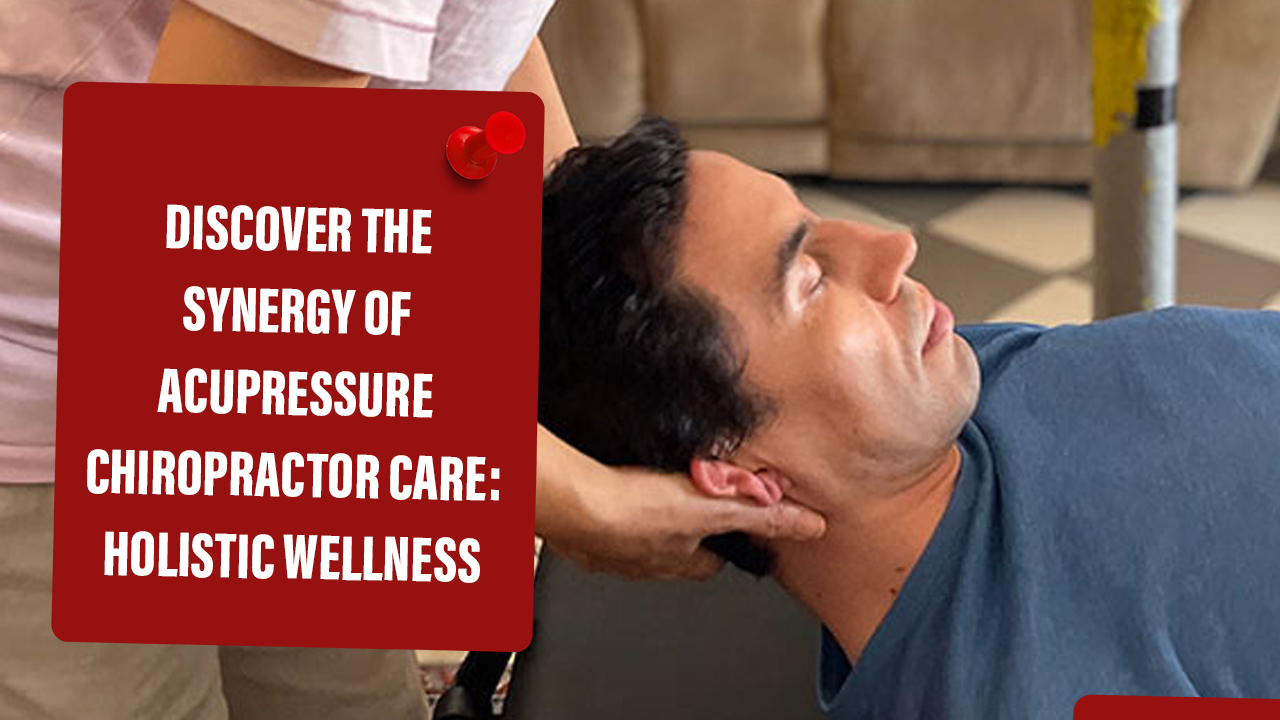Optimize Your Health With Physical Therapy In Ridgefield CT

Introduction Physical therapy in Ridgefield CT, encompasses a range of rehabilitative techniques aimed at restoring mobility and functionality to individuals suffering from injuries or chronic conditions. As one of the best chiropractors in CT, the significance of physical therapy cannot be overstated. Through targeted exercises, manual therapy, and other interventions, physical therapists assist patients in […]
Instant Custom Orthotics For Solutions To Enhanced Comfort

Achieve Lasting Comfort With Instant Custom Orthotics Solutions In conclusion, instant custom orthotics stand as indispensable aids in the realm of rehabilitation and mobility support, particularly for individuals grappling with neurological and orthopedic challenges. Throughout this exploration, we’ve delved into the intricate anatomy and functionality of AFOs, uncovering their pivotal role in providing support, alignment, […]
Custom Orthotics For Tailored Solutions For Foot Health

Achieve Optimal Foot Health With Custom Orthotics: Your Personalized Solution In the journey towards optimal foot health, custom orthotics stand as indispensable allies, offering tailored solutions to a myriad of foot conditions and biomechanical challenges. As we’ve traversed through the comprehensive guide to custom orthotics, it becomes abundantly clear that these personalized shoe inserts are […]
Custom Orthotics For Tailored Solutions For Foot Pain Relief

Custom orthotics are personalized shoe inserts designed to address various foot issues and improve biomechanical alignment. These orthotics are crafted based on thorough gait analysis and foot examination to tailor them to the specific needs of the individual. The importance of orthotics in foot health cannot be overstated, as they play a crucial role in […]
Discover The Synergy Of Acupressure Chiropractor Care: Holistic Wellness

Conclusion: Embrace The Synergy Of Acupressure Chiropractor Care For Lasting Wellness In conclusion, the exploration of the synergy between acupressure chiropractor care underscores the profound potential of integrating these holistic modalities into a comprehensive approach to wellness. By combining the ancient wisdom of traditional Chinese medicine with modern chiropractic techniques, individuals can access a holistic […]
Acupressure Chiropractor: Healing For Pain Relief & Wellness

In the realm of holistic healthcare, acupressure, and chiropractic care stand as two prominent methodologies aimed at enhancing physical well-being. Acupressure, originating from traditional Chinese medicine, involves applying pressure to specific points on the body to stimulate energy flow and promote healing. On the other hand, chiropractic care focuses on the alignment of the spine […]
The Multifaceted Benefits Of Centered Chiropractic Care

Conclusion: Unlocking Whole-Body Wellness Through Centered Chiropractic Care In conclusion, the multifaceted benefits of centered chiropractic care underscore its profound impact on holistic wellness and overall quality of life. Through its holistic approach, centered chiropractic goes beyond mere symptom management, addressing the root causes of health issues and promoting long-term vitality. By focusing on spinal […]
Centered Chiropractic: Holistic Care For Spine Health

Chiropractic care encompasses a form of alternative medicine primarily focused on diagnosing and treating musculoskeletal disorders, particularly those related to the spine. Centered chiropractic, however, diverges from traditional chiropractic approaches by adopting a more holistic perspective, emphasizing not only spinal alignment but also the overall well-being of the individual. This approach recognizes the interconnectedness of […]
Best Chiropractor In CT: Expert Care Or Your Well-Being

Chiropractic care, a holistic approach to healthcare, focuses on diagnosing and treating musculoskeletal disorders, particularly spinal issues, through manual adjustments and manipulations. The importance of finding the best chiropractor in CT cannot be overstated, as the effectiveness of treatment heavily relies on the expertise and skill of the practitioner. In Connecticut, where residents seek top-notch […]
Guide To Acupressure Chiropractor Care: Benefits & Methods

Acupressure and chiropractic care are two holistic healthcare modalities that focus on promoting wellness and alleviating various health issues. Acupressure involves applying pressure to specific points on the body to stimulate natural healing processes, rooted in traditional Chinese medicine. On the other hand, chiropractic care primarily focuses on the alignment of the spine and musculoskeletal […]
